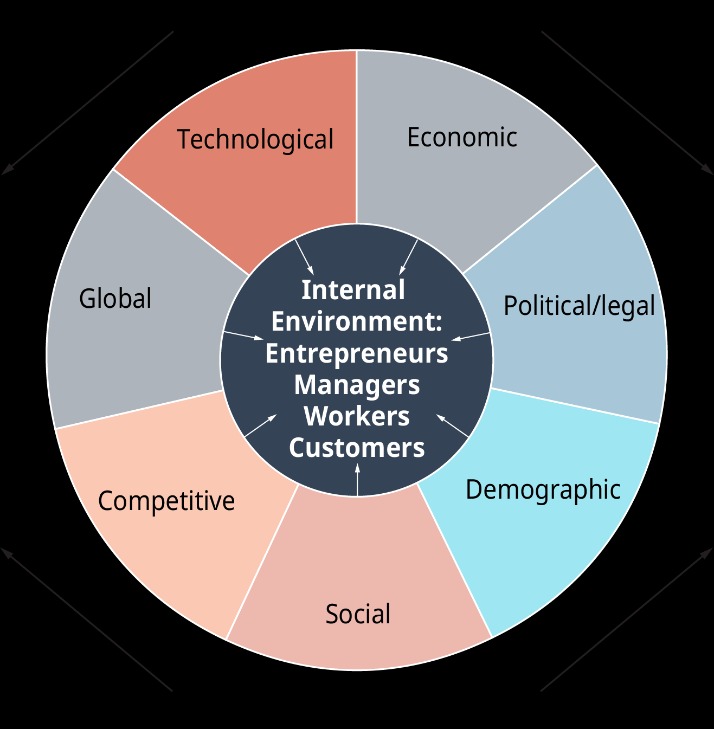
Whether it’s a text, image, or button, you should place it where it is easily noticeable to visitors. In the following sections, we’ll discuss key web design principles for navigation elements. This method splits a design or photo into thirds using a grid of nine boxes, providing guidelines to align text, adjust objects, and generally arrange elements. This type of design is quite popular as it is convenient for all screen sizes. You might discover that your target market is mostly first-time mothers. So, you want to appeal to this audience by using the appropriate colors, fonts, pictures, and layout on your website.
Popular Features
- With a minimalistic design, its footer links to content not available on the main menu, such as Careers, Partners, and Articles pages.
- The page with the white space looks far better and is easier to read.
- At least on the iPhone, it is easy to double tap a region to zoom in and out.
- Also, all images and videos should be optimized for search engines and include descriptive alt text for accessibility.
While it’s tempting to deprioritize this page since it’s unlikely to result in conversions directly, it’s a key part of your brand identity. This is typically how people read pages with a lot of text, like blog posts. Use this knowledge in your web design by placing the most important information at the top. Further down the page, use headings and images so people who are scanning can see and understand the content.
What are the 4 basic design rules?
Luckily, there are four major design principles that can help guide your ideas. These principles are contrast, repetition, alignment, and proximity.
Powerful AI Tools to Speed Up Your UX Design Workflow
They should — as designing a mobile-responsive website certainly pays off. 62% of companies have reported an increase in sales after designing a mobile-responsive site. Responsive design is concerned with creating a great user experience, regardless of what device or browser is used to access your website. Website navigation is a general term that refers to the internal link architecture of a website. Don’t forget that the main purpose of navigation is to help users easily find relevant content on your website. You should also introduce negative space or the space between and around the subject of an image.

872 Customers Are Already Building Amazing Websites With Divi. Join The Most Empowered WordPress Community On The Web

By focusing on intuitive navigation, modern aesthetics, and responsive design, we significantly improved their user engagement and overall site performance. Key accessibility features include proper heading structure, descriptive alt text for images, and sufficient color contrast. These elements help users with visual impairments navigate your site effectively. First, it should be visually distinct, standing out from the surrounding content. Use contrasting colors, white space, and size to draw attention.
In a wider sense, interactive web design is also challenging some new and unconventional ideas about the website standard styles. For example, new web design offers the possibility of creating websites with non-traditional scrolling where the movement is like a swipe. Any website that creates an interaction with the visitor; be it through a bot, a poll, a quiz, or a form, uses interactive web design. True interaction goes a step further by making the visitor feel empowered and in control. When it comes to the website background, dark designs with gradient colors are becoming increasingly popular. Soft hues that grade from light to dark, contrast or complementary colors, and dark backgrounds are easier on our eyes and make our ever-increasing screen time more bearable.


